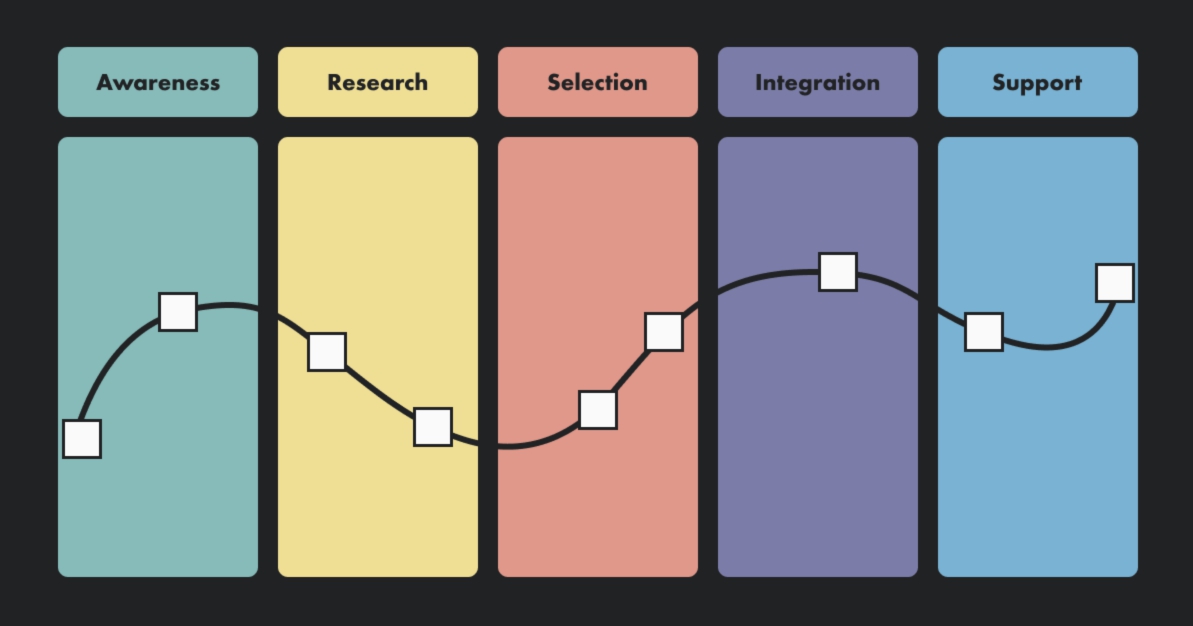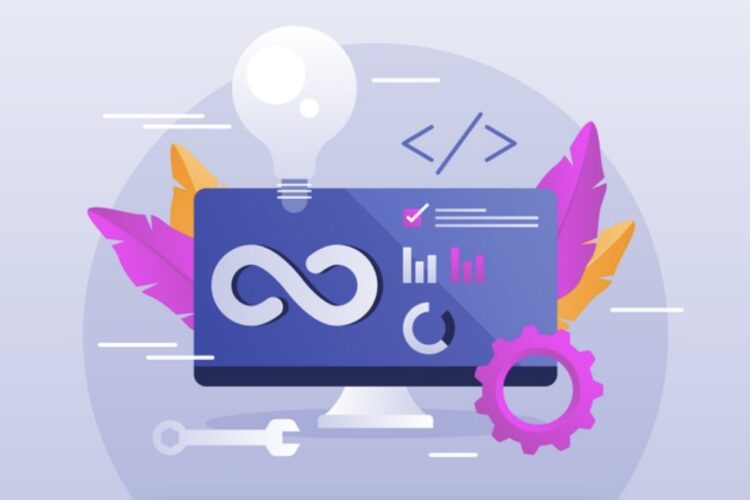
Building a beautiful, fast app is only part of the process. Above all, the app must be user-friendly, functional, and intuitive for your customers. What seems obvious to a programmer or designer might be confusing—or even frustrating—for your target audience. To avoid unnecessary expenses and wasted time, it’s essential to create a Customer Journey Map (CJM) before development begins. A CJM can take the form of a table, text, or diagram, but its purpose is the same: to outline the steps users take when interacting with your product.
Why Create a CJM?
Each segment of your target audience interacts with your app differently. For instance, younger users might prefer stories, while older users may want the option to turn them off. Understanding your audience’s preferences helps you plan the right features for your app.
A CJM allows you to:
- Identify all customer touchpoints to simplify and optimize their experience.
- Understand users’ emotions—what frustrates or excites them.
- Discover obstacles that prevent users from accessing your service, such as confusing navigation or a complicated checkout process.
- Recognize your product’s strengths and weaknesses to improve its competitive edge.
Whether you’re launching a new product or refining an existing one, a CJM is an invaluable resource for insights and ideas that drive growth and enhance long-term performance.
Steps to Building an Effective CJM
1. Gather Data for Your CJM
The more data you collect, the more accurate and detailed your CJM will be. Avoid assumptions—focus on facts.
2. Segment Your Audience
You need a clear understanding of your users. For instance, it might seem that the primary customers at a men’s clothing store are men, but many are actually women buying for their partners.
3. Get User Feedback
To understand what users need, ask them directly. Conduct qualitative research through interviews, group your users, and identify key personas.
4. Analyze Analytics
Surveys and interviews may not always provide a complete picture, especially if conducted by non-experts. That’s why it’s essential to supplement them with analytics tools like Appmetrika, Localytics, Flurry, Google Analytics, Yandex.Metrika, and Roistat.
5. Run Marketing Experiments
The type of experiment depends on your product’s stage and goals. For example, if you’re just starting out, launch a Minimum Viable Product (MVP) to observe how users interact with the app.
6. Map Out User Steps
A user’s journey begins with the intention to access a service. At this stage, determine what motivates them to choose your product and identify the steps they take.
For instance, imagine you have a shoe store. A young customer wants to buy stylish blue boots. His journey might look like this:
- Learns that stylish blue lace-up boots are trendy.
- Finds your store that sells them.
- Visits your site on his phone, sees a link to download the app, and quickly installs it.
- Opens the app, navigates to the “Shoes” section.
- Filters boots by brand, color, height, and size.
- Finds what he wants, selects the right size, adds it to his cart, and easily checks out.
- Pays via Google Pay and receives the boots promptly the next day, feeling satisfied with the experience.
Describing each step helps reveal key barriers and highlight “aha moments”—points of high satisfaction that encourage users to return.
7. Identify Barriers and Aha Moments
What if the user’s journey didn’t go as planned? For example, maybe the app link wasn’t on the site, or the download took too long, causing the user to abandon it. Or perhaps they struggled with the catalog filters, finding it impossible to sort boots by brand or color. By mapping the user’s journey and pinpointing challenges, you’ll know what improvements to make in your app or service. Meanwhile, aha moments highlight what’s working well and suggest areas for enhancement.
An aha moment is when a user realizes the app provides what they need in an intuitive, efficient way. In our example, the customer quickly found his desired boots and thought, “Aha! Found it!” Thanks to efficient search and clear filters, he experienced joy, which could make him a loyal customer.
These key points are often identified through user interviews, metrics, and experiments. Metrics like A/B testing and retention rate (percentage of users who continue using your app) can provide valuable insights.
For example, Facebook discovered that if users find at least seven friends within their first 10 days, they’re more likely to stay on the platform long-term. This insight shaped Facebook’s onboarding process to encourage users to connect with familiar people right away.
8. Define User Flow
At this stage, identify how users reach their aha moment. Analytical tools like Localytics, Amplitude, and Flurry can help track where users drop off and how those who complete a purchase behave. If the transition rate to a particular screen is low, it may indicate a barrier—or simply that the screen isn’t necessary.
If your project is still in the early stages, you can rely on hypotheses, beta testing, and competitor analysis to define the user flow.
Build the CJM
With all the data gathered, you can structure it into a comprehensive CJM. A well-designed CJM should include:
- The customer’s need or goal.
- Steps they take along the journey.
- Emotions they experience when using the product.
- Barriers and aha moments.
- Key touchpoints: website, app, email notifications, push notifications.
The final CJM might take the form of a table or diagram, giving you a clear visual representation of the user journey.
Now, with your CJM in hand, you can create a product development plan and prioritize features. Identify which barriers are most critical and which changes can wait for future updates. This helps you test ideas, find optimal solutions, and launch an MVP.
A CJM is the foundation for app development, a roadmap for building a high-quality product. It’s also a constant source of insights that will drive business growth and improvement. CJMs aren’t created just once—they should be revisited as the product evolves, the audience changes, or external conditions shift, such as during a market crisis or global events like the COVID-19 pandemic.




